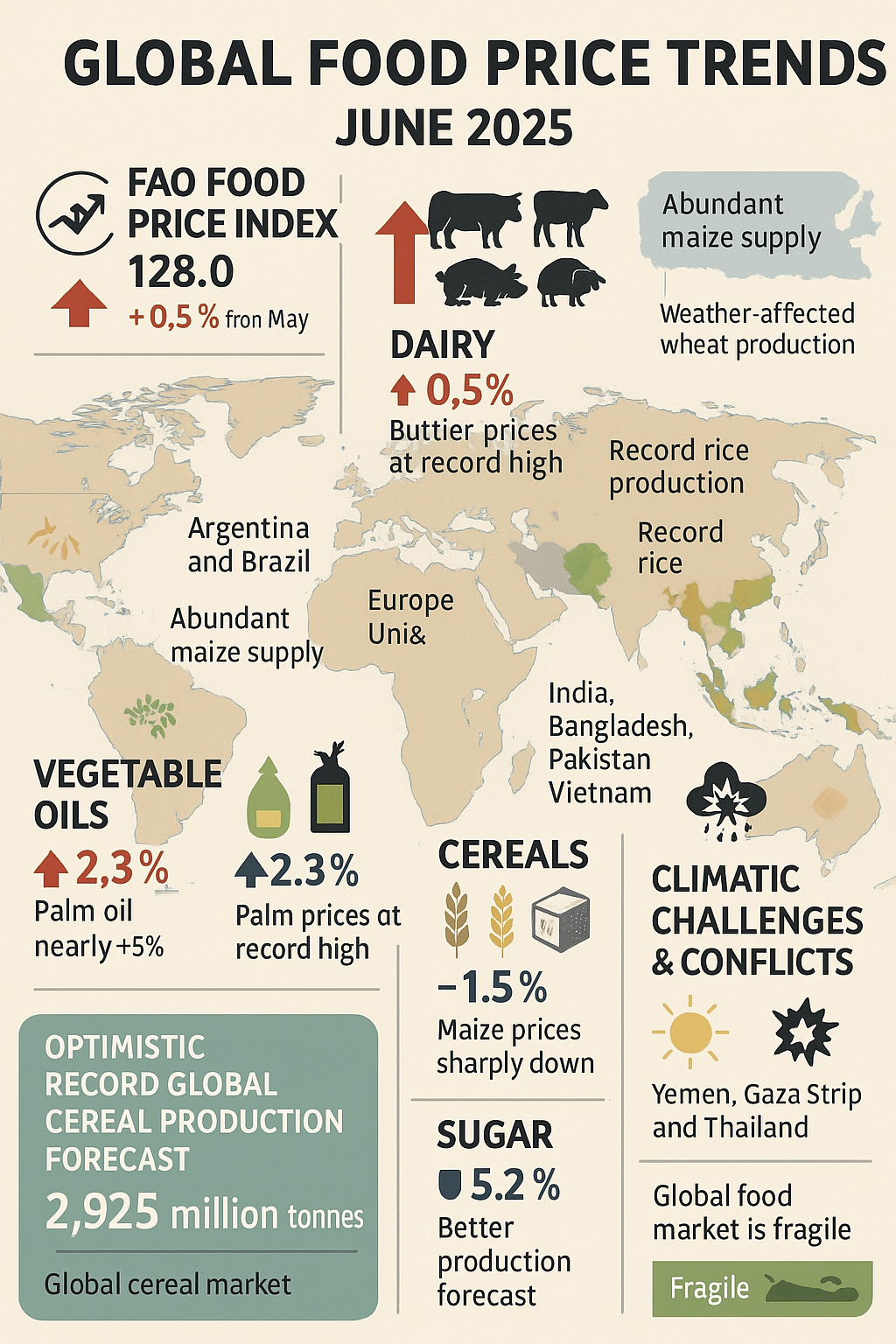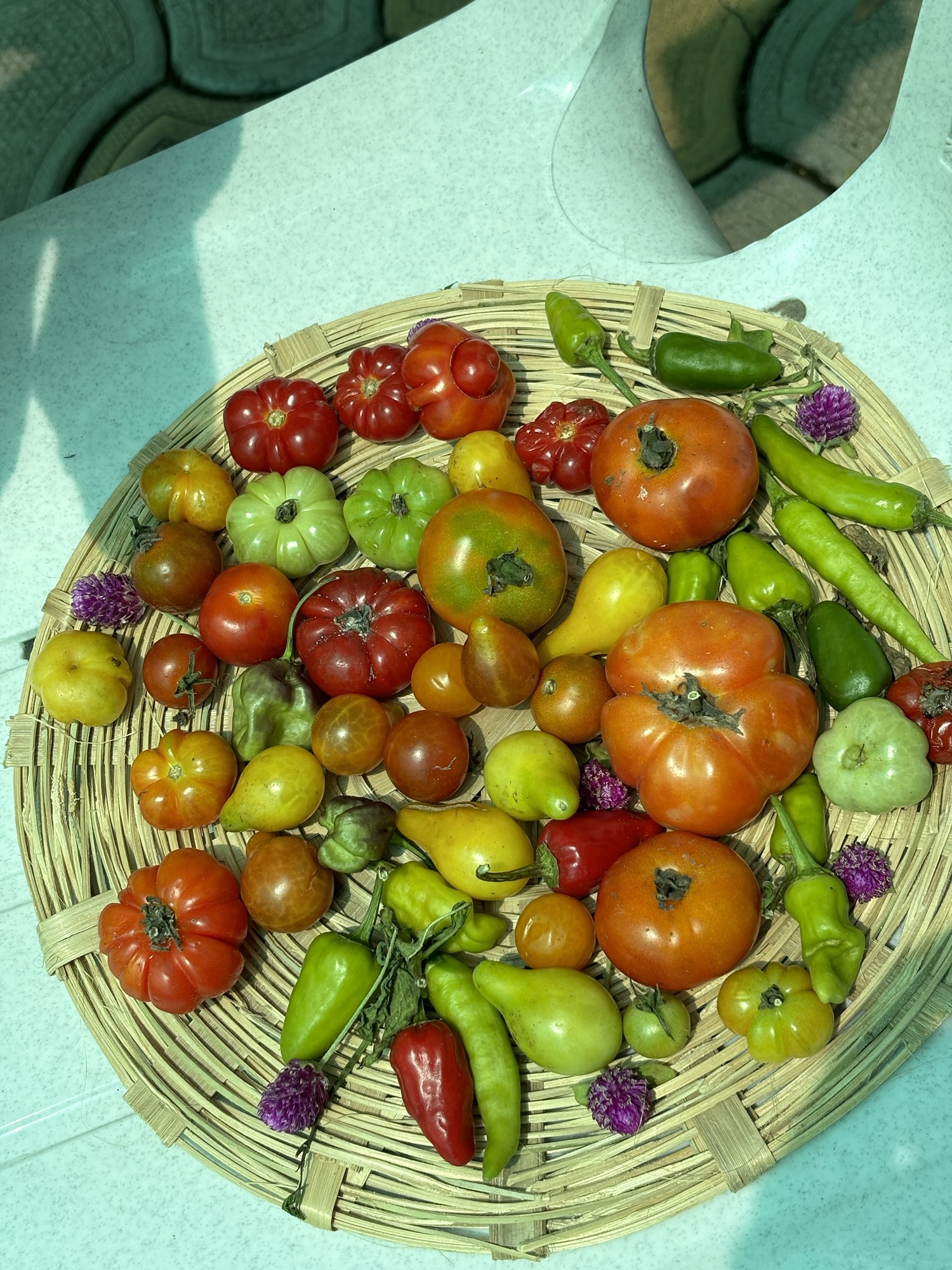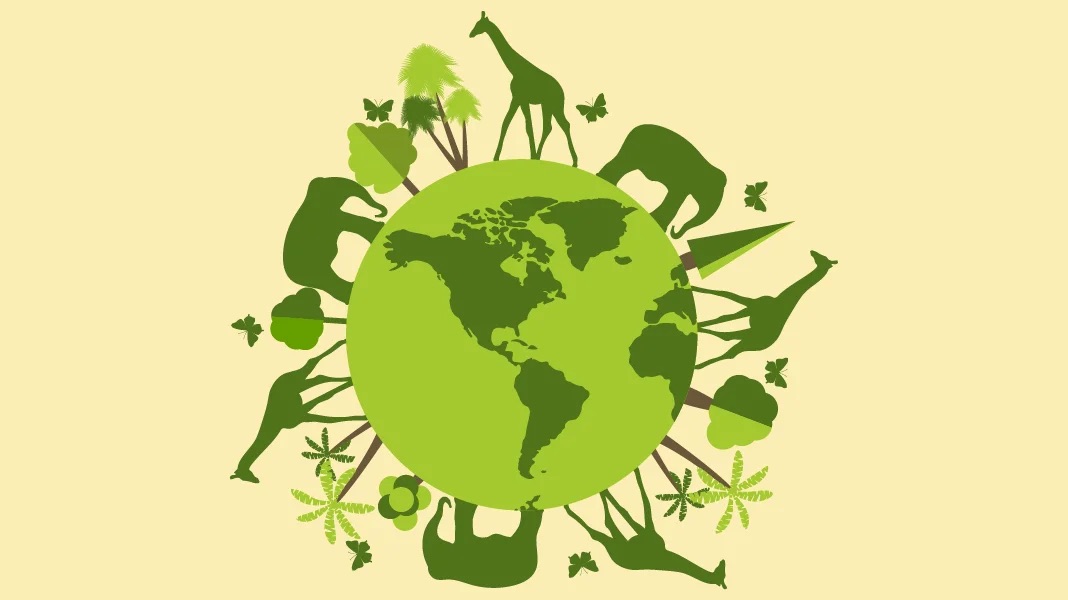In June 2025, global food prices saw a slight increase, according to the Food and Agriculture Organization (FAO). The FAO Food Price Index averaged 128.0 points, which is a 0.5 percent rise from May. This increase is mainly due to higher costs for meat, dairy, and vegetable oils, even though prices for cereals and sugar fell. This month’s report highlights both the stability and challenges in the global food market.
The FAO Cereal Price Index dropped by 1.5 percent in June. Maize prices decreased sharply for the second consecutive month, largely because of abundant supplies from Argentina and Brazil. However, wheat prices increased due to weather-related concerns in the European Union and the United States. International rice prices also fell slightly, affected by reduced demand.
On the other hand, the FAO Vegetable Oil Price Index rose by 2.3 percent. This increase was driven by higher global demand for palm, soy, and rapeseed oils. Palm oil prices climbed nearly 5 percent, reflecting strong global demand. Meanwhile, soy oil prices also rose due to expectations of higher biofuel demand in Brazil and the USA.
The FAO Meat Price Index saw a notable increase of 2.1 percent. This marks a record high for meat prices. Prices for bovine, pig, and sheep meats all rose, while poultry prices continued to decline.
Dairy prices also rose, with the FAO Dairy Price Index increasing by 0.5 percent. Butter prices hit a new record due to tight supplies in Oceania and the EU. Strong demand from Asia also contributed to this increase. Cheese prices rose for the third month in a row, while prices for milk powders saw a decline due to lower global demand.
The FAO Sugar Price Index decreased by 5.2 percent, continuing its downward trend for four months. This drop is attributed to better production forecasts in Brazil, India, and Thailand. Favourable weather and increased plantings are expected to lead to higher sugar outputs in these countries.
In terms of global production, the FAO has projected that cereal production in 2025 will reach an all-time high of 2,925 million tonnes. This is an increase of 0.5 percent from previous estimates. The rise is supported by improved conditions for wheat, maize, and rice. However, there are concerns about hot and dry weather affecting yields, particularly for maize.
The global maize production is expected to increase due to favourable conditions in Brazil and a larger planted area in India. In contrast, reductions in Ukraine and the EU due to dry weather may impact production. Global rice production in 2025/26 is also projected to reach a record level of 555.6 million tonnes, thanks to positive prospects in India, Bangladesh, Pakistan, and Vietnam.
Despite the optimistic cereal production forecasts, the global food market remains fragile. Conflicts and climatic extremes have exacerbated food insecurity in various regions, particularly in Yemen and the Gaza Strip, where millions face acute food shortages. In Southern Africa, drought has led to a significant drop in cereal production, increasing dependency on imports.
The FAO’s findings underscore the importance of international cooperation and technological advancements in agriculture. These efforts are crucial for creating a resilient and sustainable global food system. Policymakers are urged to pay attention to these trends to ensure food security and economic stability worldwide.
In conclusion, while the FAO report indicates a rise in certain food prices, it also points to a record high in global cereal production. The balance between rising prices and increased production will be key in shaping the global food landscape in the coming months.





